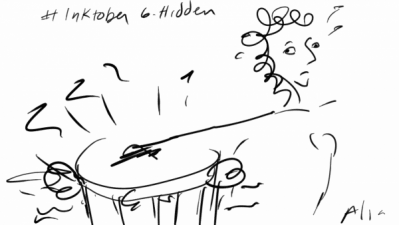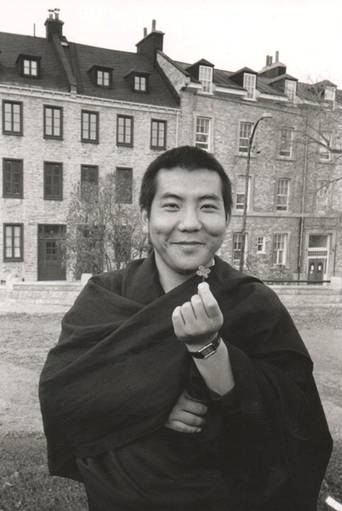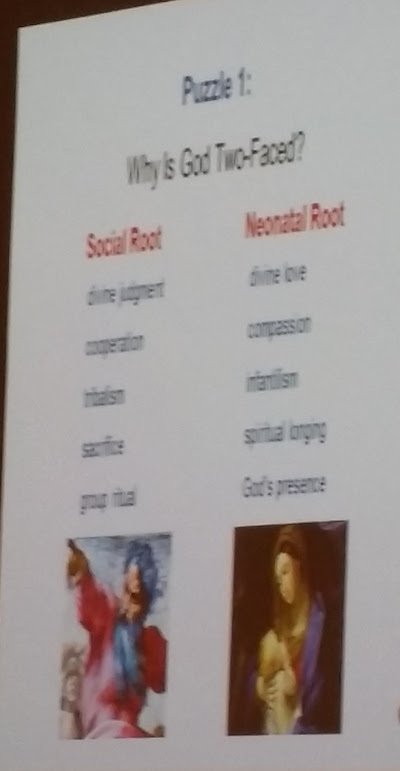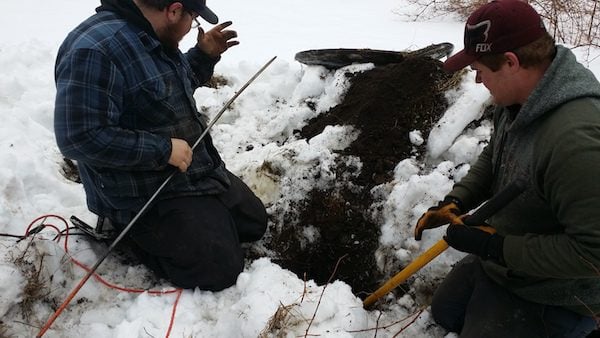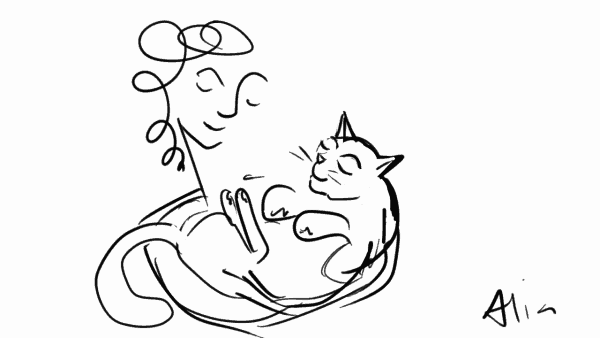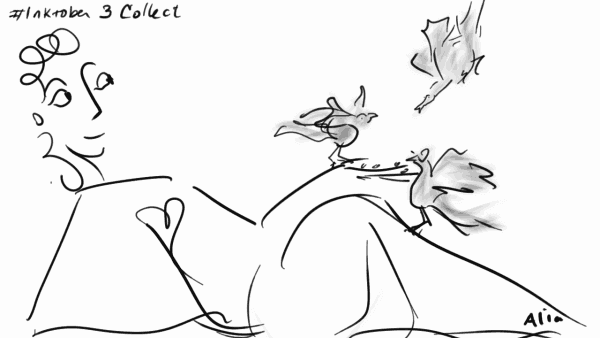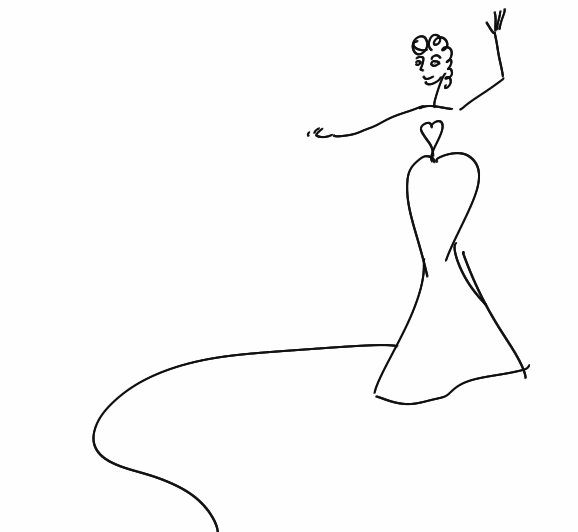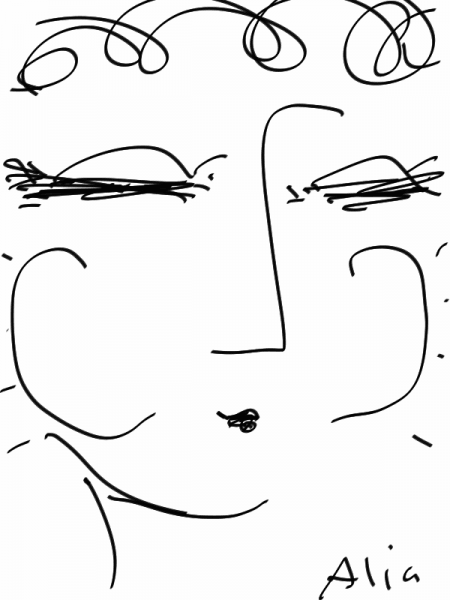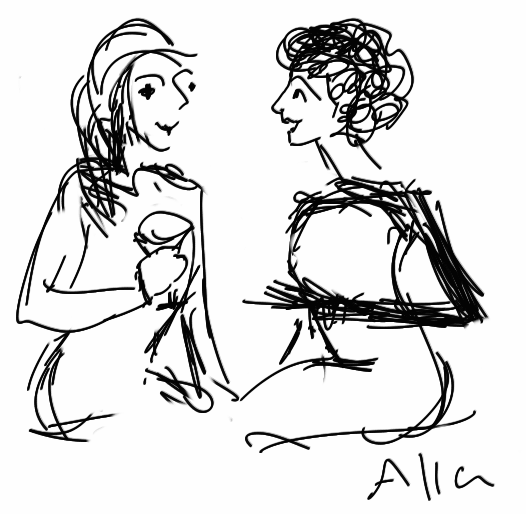When you learn something new, you copy. When you learn to draw, you copy and trace drawings. When you learn to write, you copy other writers. When you learn a new move, you copy the new move, and so on. So when does it stop? Because a lot of us only copy the work of others. We are afraid to do anything of our own. Because it might not be (gasp!) perfect.
First task: Perfection. Let go of that idea
Nothing is perfect. Everything has room to develop. This life is is about becoming. We learn, we grow, we change. Otherwise, we are dead.
Second task: Examine your mindset
Many of us were raised with the idea that we are born with a certain amount of smarts, and that’s it. If we are smart, everything is easy. If not, it’s hard. If something is hard, we are just not smart enough. Except, surprise! That’s totally wrong. Advances in neuroscience now tell us that intelligence is highly malleable. We increase our intelligence by learning new things. This is a real shocker for many of us. Used to being the smartest person in the room, we suffer shame when confronted with difficult tasks, avoid anything that might make us look stupid, and give up rather than face failure.
Yet learning new things is the best way to keep the brain in good health
(and if there isn’t a struggle, there is no learning). Learning develops new neural pathways. Learning wraps those pathways in myelin. Myelin is a white, tape-like structure that cements learning in place. Dementia, Alzheimer’s, and several other diseases, destroy myelin, so we forget how to do things, and what things are. Pretty soon, we are loading the laundry into the freezer and pouring soy sauce into our coffee. Nobody wants to be like this.
The more we place ourselves in positions where we constantly learn, problem solve, and figure things out, the more we protect ourselves from these illnesses of demyelinization. A major study by Stanford University concluded that dancing regularly was the best defense against Alzheimer’s and dementia. By a LOT—76% more than any activity studied, cognitive or physical. Dancing makes you smarter. But not just any dancing. Based upon the other most protective activities, Richard Powers, who teaches ballroom dancing at Stanford, suggests, “Involve yourself in activities which require split-second rapid-fire decision making, as opposed to rote memory (retracing the same well-worn paths), or just working on your physical style.”
Split-second rapid-fire decision making.
Yes, we are talking about improvisation. When we improvise, we make innumerable calculations and adjustments, in the moment. We are not even aware of them. Powers refers to the follower in ballroom dance, who must interpret the invitations of the leader, and choose their next move with intelligence and intuition. So duet or group improv can bring even more benefit.
We copy to learn, we take classes, study others, and practice. But there comes a time when we must hop out on the branch, launch ourselves, and fly. Taking such risks benefits us in so many ways, some understood and others yet to come. Will our first efforts suck? Of course they will. Fail early, and fail often. That’s how we learn what works—through trial and error, persistence, and trying again.
We have been brainwashed into thinking that we have to be perfect or stay home
Women especially are tyrannized by the expectation of perfection. That’s just a myth designed to keep you sad and powerless. It’s not about being a perfect copy. It’s about you. Being you. 100% yourself, with all your beauty and variety and personality. The world needs your individual glory.
Fly your freak flag high.
Love,
Alia
PS Effortless Improvisation will help you fly!
(Last call for earlybirds. Prices rise on Monday.)
[wp_eStore_fancy_display id=2 type=1 style=1 show_price=0]
PPS The one-hour video class How to TEACH improv is still available, with a boatload of extras!
- Webinar Recording (75:49)
- 5+ pages of Class Notes
- Classic Qualities of our Dance
- Music Examples
- Resources on Learning
- DanceMeditation Sample Session (20:34)
- Handy Lesson Planner
PLUS get answers to your questions!
All for the price of a one-hour class.
